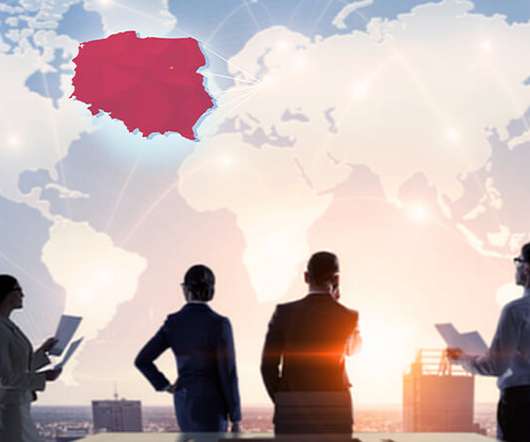How Many Slaves Are in Your Supply Chain?
Talking Logistics
MAY 8, 2013
Coincidentally, at the Ariba LIVE 2013 conference yesterday, I attended a presentation by Justin Dillon, Founder and CEO of Made in a Free World , a nonprofit group that is “building a coalition of consumers, businesses, and governments to disrupt the system of slavery.” Check out the short video below for an overview.















Let's personalize your content